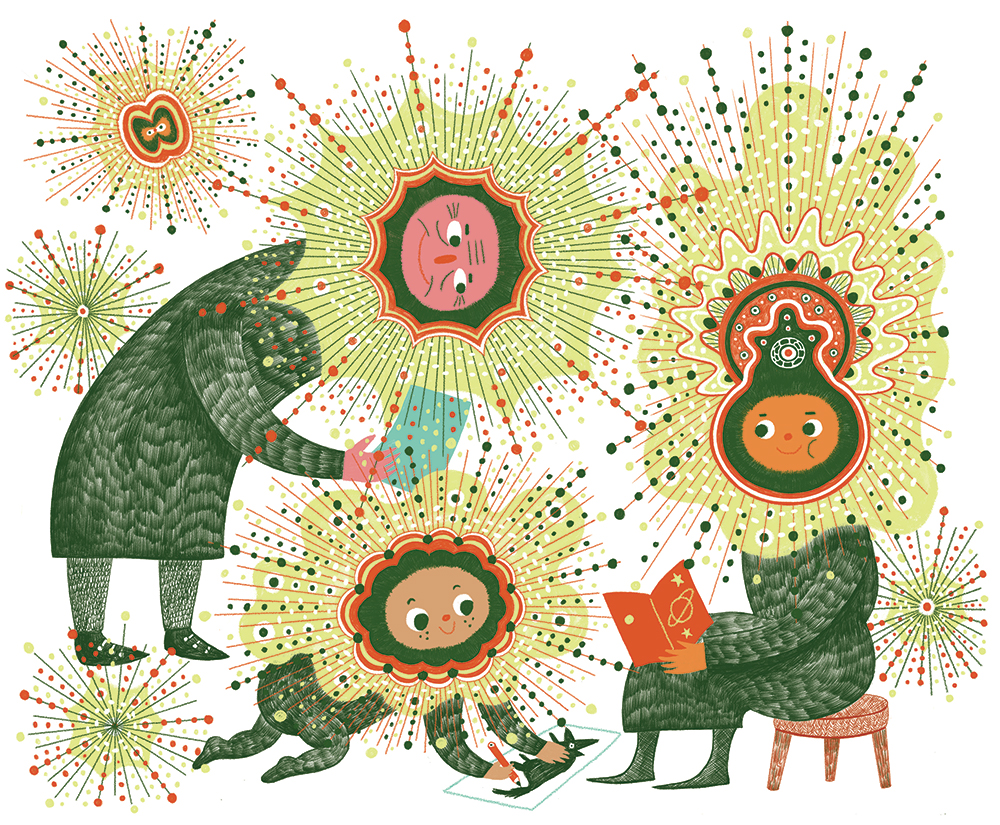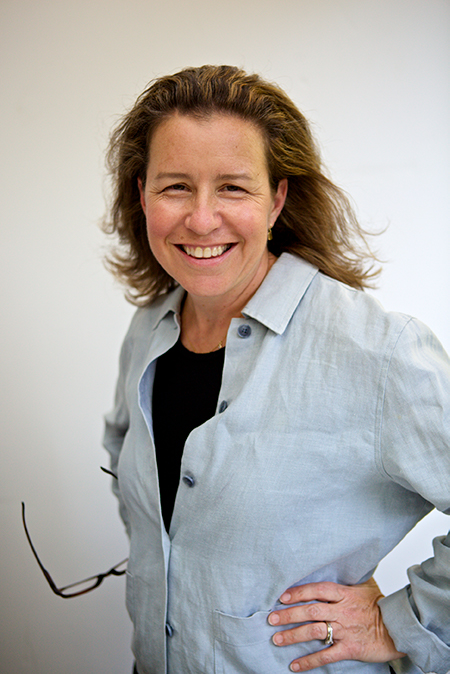
More than armies or mass movements, history has been shaped by great figures—people so adept in their field or art that they advance the conception of what is possible, and bend the course of humanity with the gravity of their will and achievement. Spark profiles 13 such figures from the last few centuries, including many of the biggies whom you’d expect, and a few you might not.

Spark: How Genius Ignites, from Child Prodigies to Late Bloomers
By Claudia Kalb ’85
National Geographic
The author, Claudia Kalb ’85, is a former senior writer at Newsweek. Her first book was 2016’s Andy Warhol Was a Hoarder: Inside the Minds of History’s Great Personalities. In Spark, she does not merely collect brief biographies but rather compares them critically in order to isolate the factors that engender the flourishing of genius in a person, unwinding nurture from nature to reveal each thread. How much work ethic is required versus natural-born talent? Is it better to pursue wide interests, or is unbreaking focus required? Should parents attentively shepherd their young genius? Or perhaps, as in many cases, should the parents die early, so that the child must access their artistic sensibilities to process grief and abandonment? And is there something special going on in their brains, or are they normal mortals just like you or me?
One thing Kalb wants to make clear from the start is that genius can emerge at any age. She structures her book to highlight that fact. First come the child prodigies: Pablo Picasso, Shirley Temple and Yo-Yo Ma. Then Bill Gates, Isaac Newton and Sara Blakely (the inventor of Spanx). Next are the “mid-lifers,” whose fruitful periods came in their 30s or 40s: Julia Child, Maya Angelou and Alexander Fleming. Penultimately come the late bloomers Eleanor Roosevelt, Peter Mark Roget (of Roget’s Thesaurus) and folk artist Grandma Moses. The capstone is a study of the ur-genius Leonardo da Vinci.
In the profiles, Kalb provides a lively and readable blend of biographical information, on-the-ground reporting and critical analysis. For instance, the section on Picasso ends with a foray into the burgeoning field of “neuroaesthetics” in order to help us understand why, “at the cortical level,” viewers might be drawn to the cubist’s fractured vision of reality. And in the section on Newton, Kalb delves into cognitive neuroscience to help explain the polymath’s great eureka moment (which may or may not have involved an apple hitting him on the head): “an aha moment originates in the right cerebral hemisphere of the brain, just above the ear, and is preceded by a ‘brain blink’—a quick period in which the brain shifts focus inward, away from external distractions to one’s own internal thoughts.”
Kalb knows there is no easy formula here, and any answers to the questions she poses will come somewhere down the middle. In her words, “As with any complex human phenomenon, genius isn’t a matter of nature versus nurture, but a combination of the two, with a wide range of characteristics playing a role.”
We’re fascinated by genius in part because it seems to be largely random. Kalb unwinds nurture from nature.
And, indeed, we are so fascinated by genius in part because it seems to be largely random, a gift of vision from a higher plane granted to us in small and unpredictable doses that can arrive anywhere on Earth, under any circumstances, and with no small amount of luck involved. Kalb quotes Bill Gates: “‘It is unusual to have so much luck in one life,’ he once said, ‘but it’s been a major factor in what I have been able to do.’”
This book may not increase the reader’s odds of composing a symphony or discovering a cure for a disease. But it’s an engaging survey of some of our greatest luminaries, and a good tool to help divine where we might find the next one.
Mancusi is the author of the novel A Philosophy of Ruin. His criticism has appeared widely, including in The New York Times Book Review.